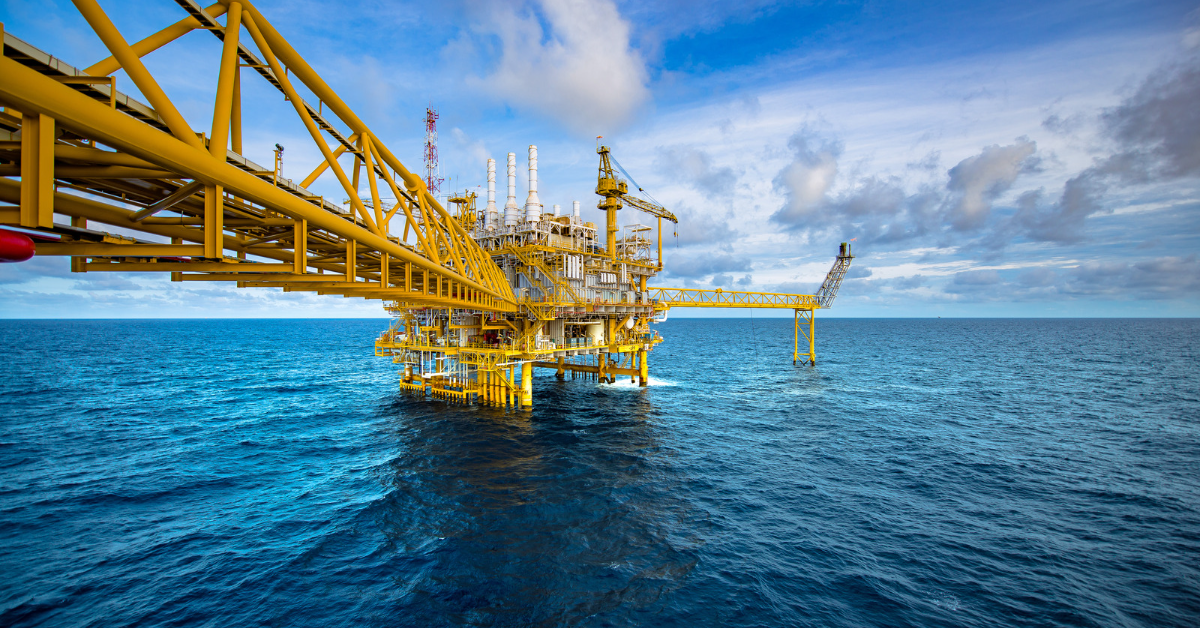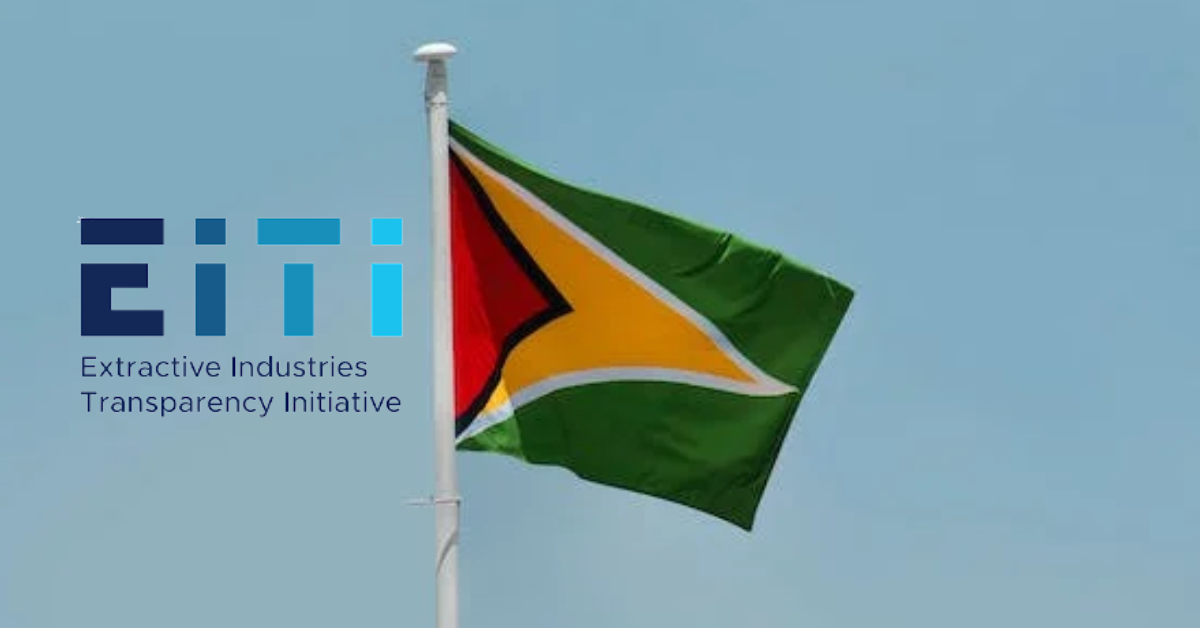See press release here: http://www.oggn.website/fair-deal-for-guyana/
Purchasing a house is the largest financial decision most of us will ever make. Given the importance of this decision, the majority of buyers will defer to an expert whose competence is rooted in real estate. If the seller has hired a real estate agent then the buyer, even if he is a highly educated lawyer, will realize he is no match for a seasoned real estate agent. Especially, if that agent is backed by a large real estate brokerage firm with decades of data and sophisticated playbooks on how to deal with numerous scenarios to extract the best price for the seller.
Guyana is a buyer of oil services from Exxon and its partners. Guyana is a country with no prior experience in negotiating oil contracts. Exxon has decades of worldwide experience.
When you are buying a house, you want the best deal possible and not have to pay the seller an extra dollar. Hence, if you could find out what the minimum price the seller is willing to accept that would significantly reduce your risk of over paying.
In the case of Exxon, there are many clues as to what it will accept as a reasonable return for its services. It is around 16% per year on its capital invested. This figure is discussed in Steve Coll’s book, The Private Empire page 206. Additionally, if one looks at Exxon’s 10-year return on capital, it is 17.71%. The last 3 years it was just 6.7%!
Using an average rate of return of 16% (adjusted 10-year average), we can get a sense of how lopsided the deal was in favor of Exxon and its partners. The current reserves are estimated at 3.2 billion barrels. Hess, one of Exxon partners in Guyana, sold out much of its lesser quality oil assets in 2017 at an estimated price of $US 70 per barrel when the average price for Brent crude was $US 53. The current price for Brent crude is $US 70, a 32% increase. Thus, if Hess had sold those assets this year (2018), it may have gotten $US 92 a barrel. The average 10-year Brent crude price for oil is around $US 82. Major financial media such as Wall Street Journal and CNBC have articles projecting oil at $US 80 this year. Hence, let’s assume that Guyana can sell its oil reserves for $80 a barrel. The cost per barrel to extract the oil is $US 20.8 according to the IMF report. Then with the 2% royalty and 50% profit sharing agreement, at $US 80 Exxon’s profit is $US 92 billion on the confirmed reserves of 3.2 billion barrels. (See Table).
But what would have been an acceptable price to the seller, Exxon? We know from the IMF report that Exxon’s total costs will be $US 9.35 billion for the 450 million Liza Phase 1 project. If we adjust with a multiplication factor for 3.2 billion barrels, that would put the cost at $US 66.46 billion. At a 16% rate of return, Exxon would have been happy with $US 63 billion return on its investment. But it will make an extra $US 29 billion.
This figure gets worse if you consider Exxon averaged 6.7% on its capital over the last 3 years. At 6.7%, Guyana gives up US 53 billion. Plus, if you eyeball the exploration map, it appears that Exxon and its partners have explored much less than 50 percent of the ocean to which they have been given exploration rights. Hence, if you double the reserves the amount given up will more than double because of economies of scale.
Guyana has about 775,000 citizens. Let’s assume that the average family size is 4 with one breadwinner. Then giving away $29 billion at the negotiating table is equivalent to passing up on $US 150, 000 per family. What type of house would that have bought for each family in Guyana? The average salary for a Guyanese worker is $US 4,000. A worker will have to work for 38 years to make that amount. The Old Age Pension is about US $1,100. A pensioner will not receive close to $US 150,000 over the rest of their lives.
If an inexperienced negotiator is anchored at $50 oil price then the terms of the deal seems reasonable given the risk that Exxon and its partners are taking. As the IMF report shows, as oil prices increase above $US 50, the deal gets increasingly worse for Guyana compared with countries such as Trinidad and Norway. Guyana is at the bottom of the pack when the IMF compared the oil contract to other countries.
We don’t have the local expertise to negotiate such contracts. Like hiring a real estate broker why can’t we hire outside firms to negotiate on our behalf? With so many billions at stake we should at least get an average deal versus one what shows us at the bottom of the pack as the IMF Progressivity chart illustrates.
References:
http://www.oggn.website/irr-calculations-for-3-2-billion-barrels-at-us-80/
http://www.oggn.website/liza-phase-1-450-million-barrels/
http://www.oggn.website/confirmed-reserves-3-2-billion-barrels/
http://www.oggn.website/average-price-for-brent-crude/
http://www.oggn.website/exxon-return-on-capital/
Private Empire: ExxonMobil and American Power by Steve Coll
https://www.stabroeknews.com/2017/news/stories/12/24/oil-agreement-generous-to-exxon-imf-team/








